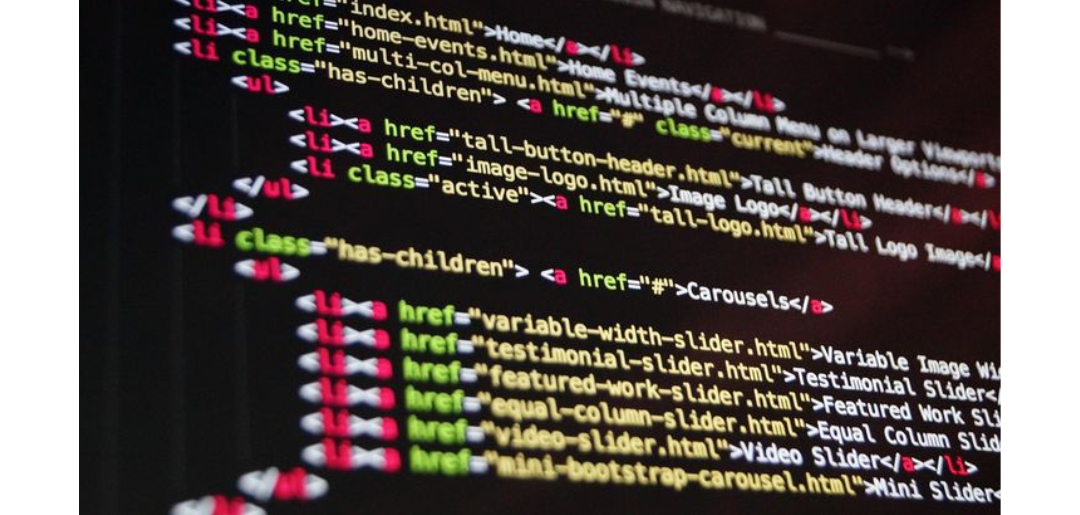In today’s rapidly evolving internet era, website development is undergoing a revolutionary transformation. The rise of edge infrastructure is reshaping the landscape of website development, bringing unprecedented opportunities and challenges for developers. This article will explore how edge infrastructure is changing modern website development and how developers can embrace this technological trend.
Edge Infrastructure: Redefining Website Performance
In traditional website architecture, all requests must travel through long network paths to reach central servers, which not only increases latency but also degrades user experience. Edge infrastructure fundamentally changes this situation by deploying computing and storage resources closer to users.
The core advantages of this distributed architecture include:
- Significantly reduced network latency (average reduction of over 50%)
- Improved content access speed (3-5x faster static resource loading)
- Enhanced system stability (99.99% availability)
- Optimized resource utilization efficiency (30-50% bandwidth cost reduction)
Four Major Impacts of Edge Computing on Website Development
1. New Paradigm for Performance Optimization
Edge computing brings a fresh perspective to website performance optimization:
- Intelligent Caching: Static resources (images, CSS, JavaScript files) cached at edge nodes, reducing 80% of origin requests
- Dynamic Acceleration: Critical business logic executed at edge nodes, reducing API response time from 200ms to 50ms
- Smart Routing: Automatic selection of optimal nodes based on user location, ensuring global user access latency below 100ms
- Real-time Optimization: Dynamic adjustment of resource distribution strategies based on user behavior
2. Deployment Process Innovation
Edge infrastructure drives modernization of deployment processes:
- Automated Builds: Support for continuous integration and deployment (CI/CD), reducing deployment time from hours to minutes
- Intelligent Distribution: Automatic code deployment to optimal edge nodes, achieving global synchronization in seconds
- Version Management: Support for quick rollbacks and canary releases, reducing deployment risks
- Environment Consistency: Ensuring consistency across development, testing, and production environments
3. Security Protection Upgrade
Edge infrastructure provides multi-layered security:
- Intelligent Protection: DDoS protection and Web Application Firewall (WAF) front-end deployment, defending against 99.9% of network attacks
- Encrypted Transmission: TLS encryption ensuring data transmission security, supporting latest TLS 1.3 protocol
- Access Control: Granular permission management and access policies
- Threat Detection: Real-time monitoring and response to security events, with average response time under 1 minute
4. New Architectural Design Approach
Edge computing drives architectural innovation:
- Microservices: Business module decoupling, supporting independent deployment and scaling
- Serverless: Focus on business logic without infrastructure management
- Distributed Design: Leveraging edge node computing power
- Elastic Scaling: Automatic resource allocation based on demand
Practical Guide: Embracing Edge Computing
Development Practices
1. Resource Optimization Implementation
-
- Image Optimization Strategy
- Use WebP format with AVIF as backup
- Implement responsive images based on device size
- Adopt progressive loading, starting with low quality
- Utilize image CDN for automatic format conversion and compression
- Image Optimization Strategy
- – Code Optimization Solutions
- Implement code splitting with dynamic loading
- Use Tree Shaking to remove unused code
- Adopt Module Federation for micro-frontend architecture
- Implement preloading of critical resources
- Cache Strategy Design
- Use strong caching for static resources (Cache-Control: max-age=31536000)
- Implement negotiation caching for API responses (ETag/Last-Modified)
- Implement Service Worker offline caching
- Use IndexedDB for large structured data storage
2. Architectural Design Practices
-
- Microservice Splitting Principles
- Divide service boundaries by business domain
- Use API Gateway for unified interface management
- Implement service registration and discovery
- Adopt event-driven architecture for service communication
- Serverless Implementation
- Use edge functions for user authentication
- Implement API rate limiting and circuit breaking
- Handle real-time data transformation and filtering
- Execute lightweight data processing tasks
- Data Consistency Solutions
- Adopt eventual consistency model
- Implement distributed transactions (2PC/TCC)
- Use message queues for data synchronization
- Implement data version control
- Microservice Splitting Principles
3. Security Protection Practices
-
- Authentication and Authorization
- Implement JWT stateless authentication
- Use OAuth2.0 for third-party authentication
- Implement granular RBAC permission control
- Adopt multi-factor authentication
- Data Security Protection
- Use AES-256 encryption for sensitive data
- Implement end-to-end encrypted communication
- Adopt HTTPS for secure transmission
- Implement data masking and anonymization
- Security Monitoring and Response
- Deploy WAF for common attack protection
- Implement real-time security log analysis
- Set up abnormal behavior alerting
- Establish security incident response procedures
- Authentication and Authorization
Technology Selection
Modern edge platforms typically support:
- Mainstream frontend frameworks (React, Vue, Angular)
- Single Page Application (SPA) deployment
- Static website hosting
- Dynamic content processing
For rapid development, using responsive website templates can significantly improve development efficiency. These templates typically feature:
- Multi-device screen adaptation: Automatic adaptation from mobile to desktop
- Built-in performance optimization: Out-of-the-box performance configurations
- Modular design: Easy to extend and customize
- Easy customization and extension: Support for rapid iteration
Future Outlook
As technology continues to evolve, edge computing will bring more innovations:
- Intelligent Upgrade
- AI-driven resource scheduling: Intelligent prediction and allocation of computing resources
- Smart load balancing: AI-based traffic scheduling
- Predictive caching: Pre-caching potentially needed resources
- Adaptive optimization: Automatic experience optimization based on user behavior
- Scenario Expansion
- IoT application support: Edge computing empowering IoT devices
- Real-time video processing: Low-latency video stream processing
- Large-scale concurrent processing: Support for million-level concurrent requests
- Low-latency interaction: Millisecond-level response
- Ecosystem Improvement
- More development tool support: Simplified development process
- Richer application scenarios: Covering more business scenarios
- More comprehensive monitoring system: All-round performance monitoring
- More powerful security protection: Multi-layer security mechanisms
Conclusion
Edge infrastructure is reshaping the future of website development. For developers, mastering edge computing technology not only improves website performance but also delivers better user experiences. In this era of rapid technological iteration, embracing edge computing means embracing the future of website development.
By properly leveraging edge infrastructure, we can build faster, more secure, and more intelligent modern websites, providing users with exceptional online experiences. This is not just a technological trend, but a new standard for website development.































